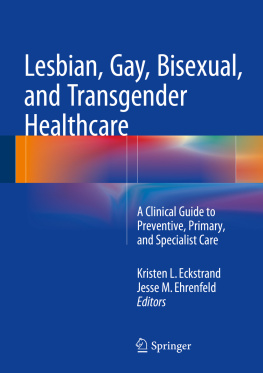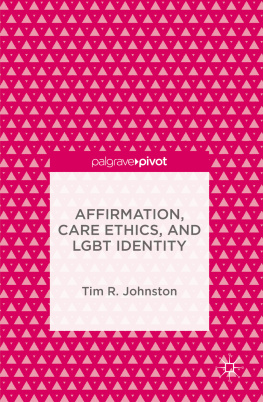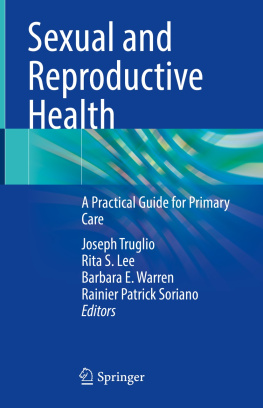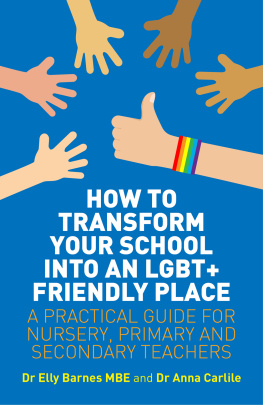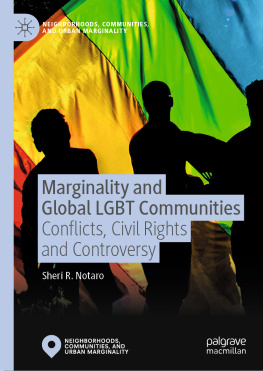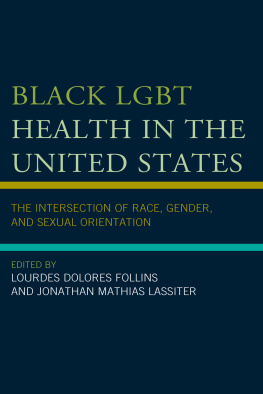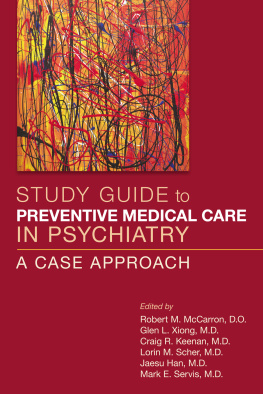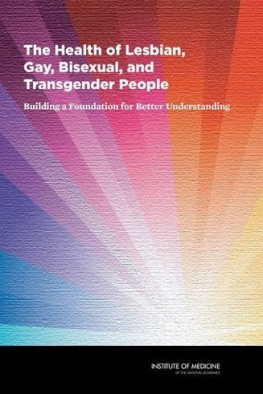Purpose
The purpose of this chapter is to provide an overview of the lesbian, gay, bisexual, and transgender (LGBT) communities, persons affected by differences in sex development (DSD-affected), and the unique health needs of these populations.
Do You Have Sex with Men, Women or Both?
Medical practitioners are often ready and willing to ask about sex to round out a solid social history. This dialogue often begins with the question, Do you have sex with men, women, or both? The rote expectation is that patients will report opposite sex partners. But what do you do when the patient says something less expected, such as both?
While medical schools across the nation are increasingly teaching future physicians to ask this important question, a 2011 study published in JAMA showed that 132 schools spent a median of 5 h of teaching lesbian, gay, bisexual and transgender (LGBT)-related content []. This content was broken down into 16 clinically relevant topics and, when asking what was actually taught, only 8 % of schools reported teaching all 16 topics. For most schools, topics like HIV and STDs topped the list as LGBT-specific while important issues such as LGBT adolescent health, transgender hormone management, suicide and coming out were left in the proverbial academic dust.
It is noteworthy that providers are being better equipped to ask the question Do you have sex with men, women, or both? but the art of medicine goes well beyond data gathering. It is not enough to simply elicit with whom a patient has sex; providers must use this question and others to build therapeutic alliance, reduce risk, and improve clinical outcomes. Nearly every LGBT patient (97 %) in the U.S. accesses health care at non-LGBT affiliated medical facilities []. This has important consequences. All providers, regardless of specialty, must know how to identify LGBT patients, understand their unique health needs, and know how to be not just culturally competent, but culturally excellent. It is our hope that, regardless of specialty, this book will help you achieve just thatexcellence.
An Introduction for the Busy Practitioner
The turn of the twenty-first century has been an auspicious time for advancing lesbian, gay, bisexual, transgender (LGBT) health. This historically stigmatized, highly hidden, diverse, underserved population has a variety of unique health needs and health disparities, many secondary to discrimination and minority stress [). Regardless of specialty or geographic location, we all work with LGBT and DSD-affected patients (whether they go recognized as such or not). Sexual and gender minority patients are youth, adults, elderly, rich, middle class, poor, employed, unemployed, disabled, able-bodied, citizens, immigrants and of every religious, ethnic and racial background that exists in every corner of the world. The health needs of sexual and gender minorities span the entire spectrum of medicine. Efforts are underway to better serve LGBT patients and address a variety of health disparities as highlighted by Healthy People 2020:
LGBT individuals have the highest rates of tobacco, alcohol and other drug use [].
LGBT youth are more likely to be homeless and are two to three times more likely to attempt suicide [].
LGBT elders face barriers to health because of isolation and a lack of social services and culturally competent providers, often having to go back into the closet [].
Lesbian women are less likely to get preventive services for cancer [].
Lesbian and bisexual women are more likely to be obese [].
Gay and bisexual men, while making up only 4 % of men in the U.S., account for 61 % of new HIV infections annually, 44 times that of other men [].
Transgender people experience high rates of victimization, HIV/STDs, mental health issues, suicide and lower rates of health insurance [].
These and many other disparities have also been outlined by the 2011 Institute of Medicines Report The Health of LGBT People funded by the NIH. Numerous professional associations including the American Medical Association, American Nurses Association, American Academy of Family Physicians, American Academy of Pediatrics, American Psychiatric Association, American Cancer Society, GLMA: Health Professionals Advancing LGBT Equality, and others have written position statements in support of a variety of LGBT issues (see Appendix C). Our nation and leading medical associations have heard the call to better serve LGBT people, and providers across all medical fields are being called to respond.
Terminology for the Busy Practitioner
Sexuality and gender are at the core of our experience as human beings. They are complex and multidimensional, and do not conform to traditional binaries (ex. masculine versus feminine, straight versus gay). It is the aim of this chapter to make the material approachable for all practitioners. Like many things in medicine, broadening your differential for gender and sexuality will help you better understand your patients and improve your clinical acumen (see Table for examples of how to incorporate terminology into clinical practice).
Table 1.1
LGBT and DSD-affected medical terminology in the clinical encounter
Acronym | Possible associated identitiesa | Examples of usage |
|---|
MSM | Gay man Queer Homosexual Can include bisexual men | Pt is a 41 year old MSM presenting w/ Pt is a gay man w/hx of Pt identifies as a queer man w/ |
MSMW | Bisexual man Queer Can include straight-identified men | Pt is a 32 year old MSMW in a primary relationship w/ Pt identifies as a queer man, reports sex with men and women |
WSW | Lesbian Gay woman Queer Can include bisexual women | Pt is a 89 year old WSW presenting w/ Pt identifies as lesbian Pt self-identifies as a queer woman who only has sex with women |
WSWM | |

